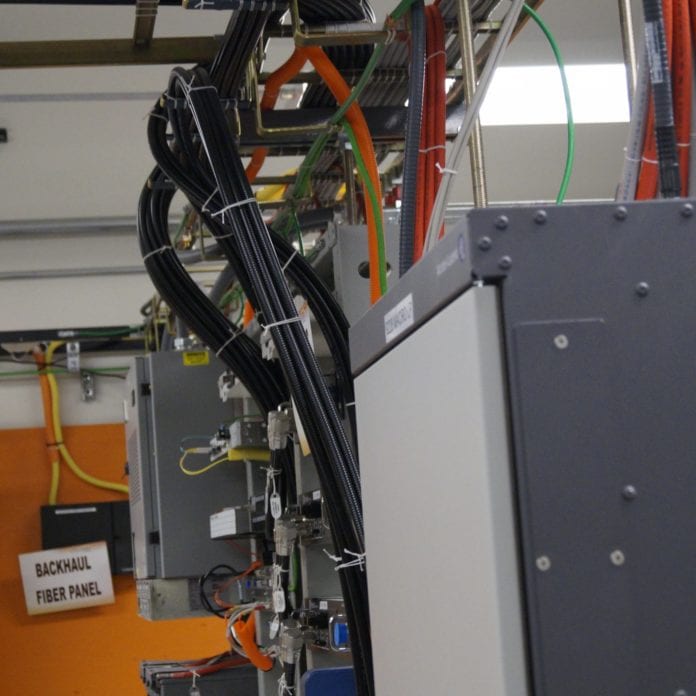Chicago’s Museum of Science and Industry is the largest science museum in the Western hemisphere, with more than 35,000 artifacts. It is the only building that remains from the 1893 Chicago World’s Fair, having been rebuilt in the 1930s and re-opened in 1933 as the Museum of Science and Industry. The museum features 12 learning labs, including a videoconferencing center.
“To be able to support learning and education through those platforms required something we didn’t have,” said Jerry Holk, the museum’s IT infrastructure manager. Holk helped present a case study on the museum’s distributed antenna sytem (DAS) at Chicago’s recent HetNet Expo.
“In the old building we had many, many areas that had no cellular reception whatsoever,” said Holk. “In my office I couldn’t get a bar, and I’m not that deep in the bowels of the institution.”
The museum contracted with ExteNet Systems to build a neutral host DAS. ExteNet worked with Corning, one of the largest DAS equipment vendors, to execute the deployment. The museum DAS includes three sectors: one covering the main building, one covering the parking garage, and one covering the grounds and a submarine area. Six miles of fiber and coax are deployed over 15 nodes and more than 100 antennas.
“One of the challenges with deploying in this kind of environment was dealing with the aesthetic issues,” said ExteNet CEO Ross Manire. “The museum was very sensitive to ensuring that the antennas would not protrude and be a distraction.”
The core of the DAS is housed above one of the exhibit halls in the museum. Backhaul fiber brings the signal in from the switch and it terminates nearby in Verizon Wireless’s base station equipment. From there the signal is amplified, then attenuated using the DAS trays, and separated into uplink and downlink. The three headends process the signal and it is converted to fiber using the baseband units. From there, fiber termination panels send the signal to the 15 nodes throughout the building.
Although Verizon is the only carrier currently active on the DAS, the system is ready to support all the major carriers.
“The requirement was for a neutral host DAS,” said Troy Suddith, director of engineering and services at Corning Wireless. “It had to support the four primary commercial bands: 700, cell, PCS and AWS. The requirement was for it to be SISO [single input, single output] on day one.” Suddith said that Corning used a quad band dedicated amplifier to allow for the greatest possible control and scalability for Verizon. The carrier’s dedicated headend and remote amplifier components are used across a shared infrastructure.
“As a low-cost entry into the neutral host DAS, you have one amplifier that’s going to serve the needs of one operator across cable, coax and antennas that will be able to support future carriers as they grow,” said Suddith. “So with the dedicated approach, when the second carrier joins they bring their electronics.”
Follow me on Twitter.

